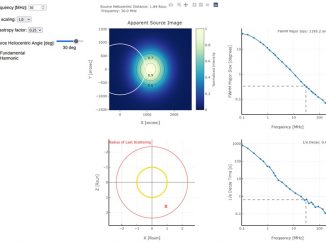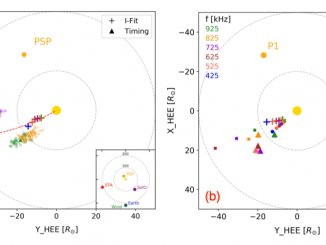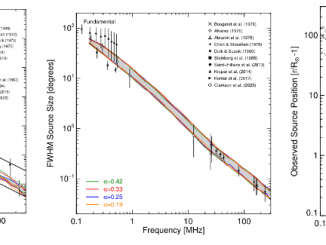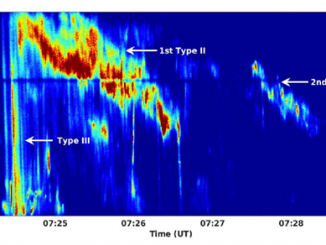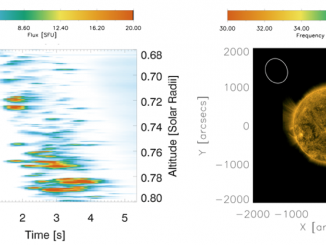Temporally resolved Type III solar radio bursts in the frequency range 3-13 MHz by A. Vecchio et al.
Type III radio bursts are the most common coherent radio emission produced by the Sun. They are characterized by a rapid drift in time towards lower frequencies and represent an indirect signature of energetic electrons produced at the Sun during a flare and propagating through the plasma of the corona and the interplanetary medium. Type III bursts are observed over a wide range of frequencies ranging from about ∼500 MHz […]




